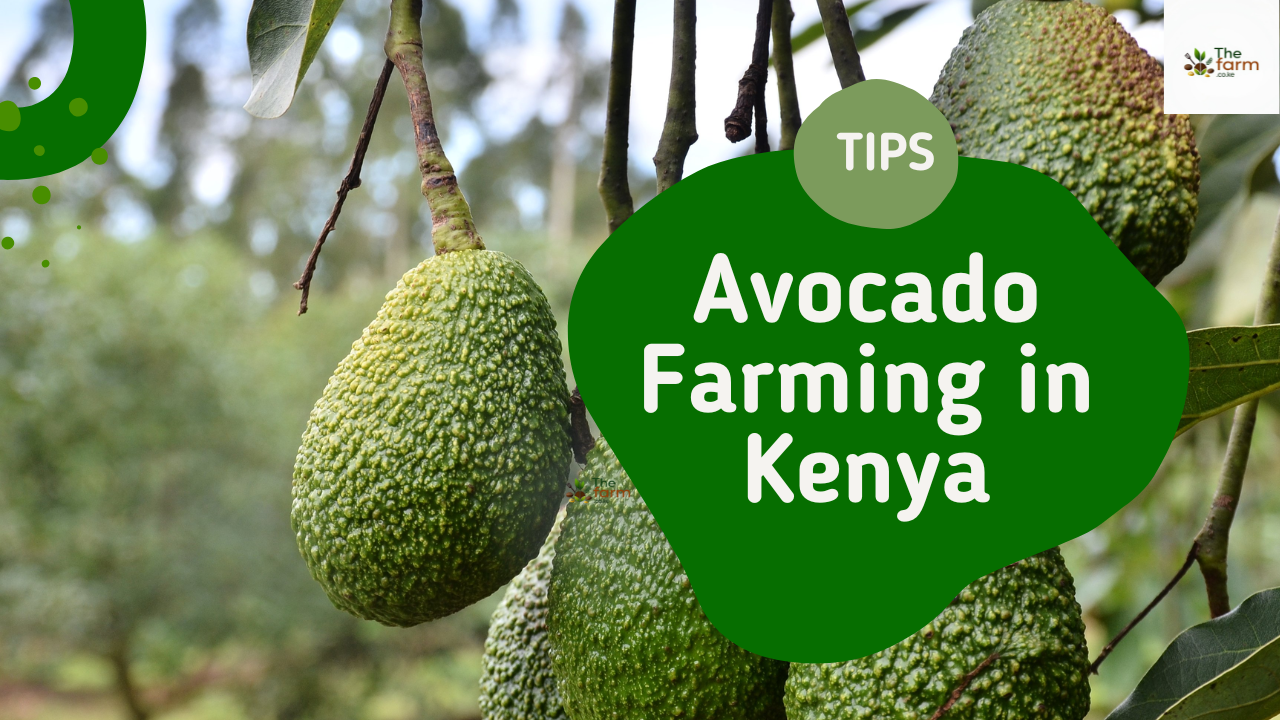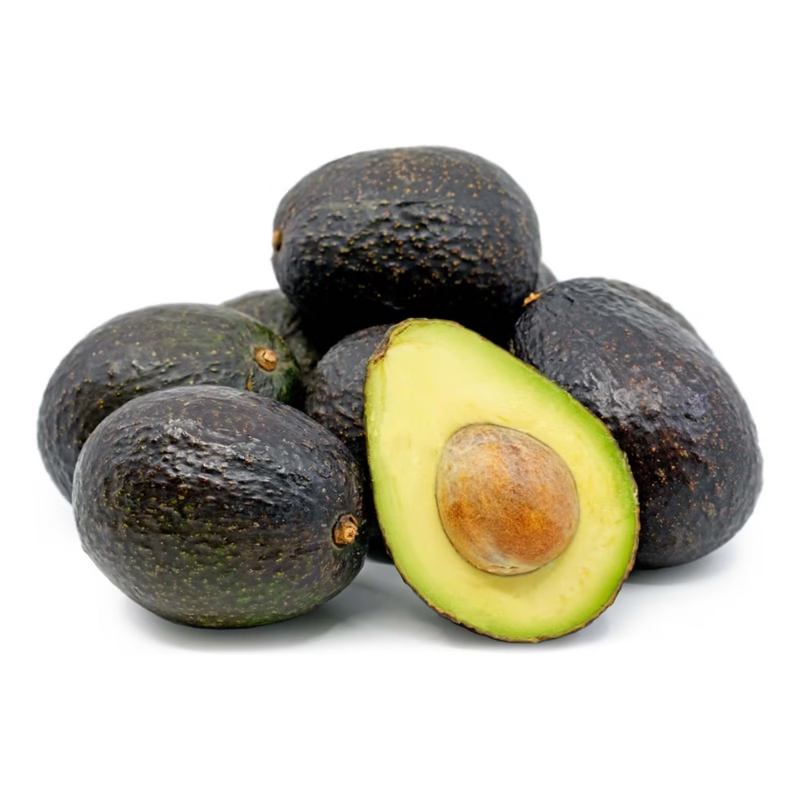Avocado Farming in Kenya: From Seedling to Export Success

If you’re looking to do avocado farming in Kenya and don’t know where to start, then this is the place to be. Whether you’re an aspiring farmer or just curious about the booming avocado industry, this blog is your one-stop guide to everything from selecting the right variety to preparing for export. You’ll learn the types of avocados grown in Kenya, ideal growing regions, soil needs, and common mistakes to avoid—plus expert tips to get you from seedling to serious profits.
Avocado farming in Kenya has exploded in popularity over the past decade, and for good reason. With the country’s diverse climate and fertile soils, it’s the perfect place to grow avocados. Add to that rising global demand and government support for agricultural exports, and you’ve got a recipe for success—literally and financially. So let’s dig into the juicy details (pun intended!).
Key Takeaways
- Avocado farming in Kenya is a profitable venture thanks to global demand and ideal climate conditions.
- Grow avocados Kenya by selecting the right variety for your region and ensuring soil and altitude requirements are met.
- Hass, Fuerte, and Puebla are the most common avocado varieties in Kenya, each thriving in different parts of the country.
- Proper soil preparation, irrigation, and pest management are critical for healthy yields.
- Avoid common mistakes like overwatering, poor pruning, and choosing the wrong variety for your climate.
Types of Avocados Grown in Kenya
Kenya’s climate supports several avocado varieties, but the big three are Hass, Fuerte, and Puebla. Each has its unique features and growing requirements, so let’s break them down and match them to the right regions.
1. Hass Avocado

The Hass variety is Kenya’s most exported avocado, thanks to its long shelf life and thick, bumpy skin. It turns from green to purple-black when ripe, making it popular in European and Middle Eastern markets.
Best Regions to Grow: Central Kenya (Murang’a, Kiambu, Nyeri), parts of Rift Valley, and Western Kenya.
Ideal Conditions:
- Altitude: 1,200 – 2,200 meters above sea level
- Soil: Well-drained loamy soil, pH 5.5 – 6.5
- Climate: Moderate rainfall (1,000 – 1,600mm annually)
Quick Tips:
- Plant seedlings during the rainy season for better root establishment.
- Prune regularly to allow sunlight penetration and airflow.
- Avoid waterlogging—root rot is a real problem with Hass avocados!
2. Fuerte Avocado

Fuerte is a smooth-skinned, pear-shaped variety that’s more suited for local consumption. It has a creamy texture and mild flavor, ideal for fresh eating.
Best Regions to Grow: Western Kenya (Kakamega, Bungoma), parts of the Rift Valley, and some coastal areas.
Ideal Conditions:
- Altitude: 1,000 – 2,000 meters
- Soil: Sandy loam, with good drainage and pH around 6.0
- Climate: Needs consistent rainfall, about 1,200mm yearly
Quick Tips:
- Fuerte trees are more cold-tolerant than Hass, so they’re ideal for highland areas.
- Avoid planting near rivers or swampy land—it hates “wet feet.”
- Needs cross-pollination, so plant with another variety nearby.
3. Puebla Avocado

Puebla is often used as a rootstock or for home consumption. Its purple-black skin and small seed make it attractive, but it’s less favored commercially.
Best Regions to Grow: Nyanza and Western Kenya, lower altitude areas.
Ideal Conditions:
- Altitude: 900 – 1,500 meters
- Soil: Deep, fertile soil with neutral pH (around 6.5 – 7)
- Climate: Warm and wet, with good sunlight
Quick Tips:
- Grows fast but needs more attention to pruning.
- Susceptible to pests, so frequent monitoring is key.
- Best grown in smaller orchards or as a complementary crop.
What to Avoid: Common Mistakes and Solutions
Starting out? Great! But let’s help you avoid those rookie mistakes that cost time and money. Here’s a quick guide:
| Mistake | Why It’s Bad | Solution |
|---|---|---|
| Choosing the wrong variety | Poor yields or tree death | Match variety to region, soil, and altitude |
| Overwatering | Causes root rot and fungal diseases | Water only when topsoil is dry |
| Poor spacing | Leads to poor airflow, disease spread | Space trees 5–7 meters apart |
| Ignoring pests and diseases | Reduces fruit quality and marketability | Use organic pest control and regular scouting |
| Lack of pruning | Weak branches, less fruit production | Prune yearly to maintain structure |
Pro Tips for Export-Grade Avocados
If you’re aiming for the export market, it’s not just about growing good fruit—it’s about meeting standards.
- Harvesting: Pick only mature fruits (Hass avocados mature 7–8 months after flowering).
- Post-harvest care: Avoid bruising! Use crates, not sacks, and keep fruits shaded.
- Certifications: Obtain Global GAP or Kenya GAP certification to access premium markets.
- Record-keeping: Track pesticide use, harvest dates, and yield. This is often a requirement for exporters.
Avocado Farming in Kenya as a Business
Beyond just growing, avocado farming in Kenya is a full-fledged agribusiness. Here’s how you can level up:
- Start with a business plan: Know your input costs, expected yields, and market.
- Form farmer groups: Easier to access training, loans, and export deals.
- Explore value addition: Think avocado oil, guacamole, or nursery seedling business.
Conclusion
Avocado farming in Kenya offers a golden opportunity—literally green gold—if done right. Choosing the right variety, preparing your land correctly, and staying on top of farm management practices can mean the difference between frustration and fortune.
Whether you’re aiming to do avocado farming in Kenya for local markets or export, the key is knowledge and consistency. Avoid common pitfalls, stay updated on market trends, and always be willing to learn. Your avocado dream is absolutely valid—so go plant that seedling already!
FAQs
What is the best time to plant avocados in Kenya?
The ideal time is at the onset of the rainy season (March–May or October–November), as young trees need consistent moisture to establish roots.
How long does it take for an avocado tree to produce fruits?
Grafted trees usually bear fruit within 2–3 years, while seedlings may take 5–7 years. Grafted ones are recommended for commercial farming.
How many avocado trees can I plant per acre?
With proper spacing (about 6×6 meters), you can plant roughly 100–120 trees per acre. This allows good airflow and sunlight penetration.
Do avocados need fertilizers in Kenya?
Yes, regular organic and inorganic fertilization helps with growth and fruiting. Soil testing before planting is crucial for tailoring the right mix.
Can small-scale farmers benefit from avocado farming?
Absolutely. With proper planning, even 10–20 trees can bring in decent income, especially if targeting niche or organic markets.

